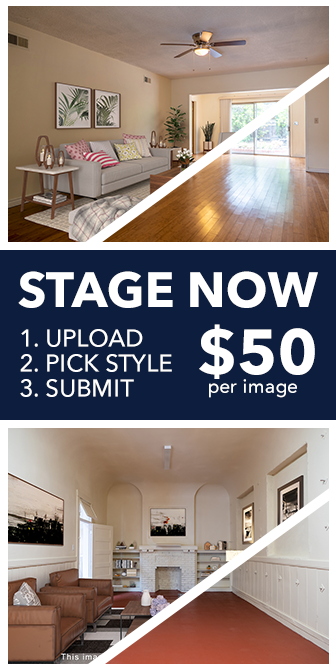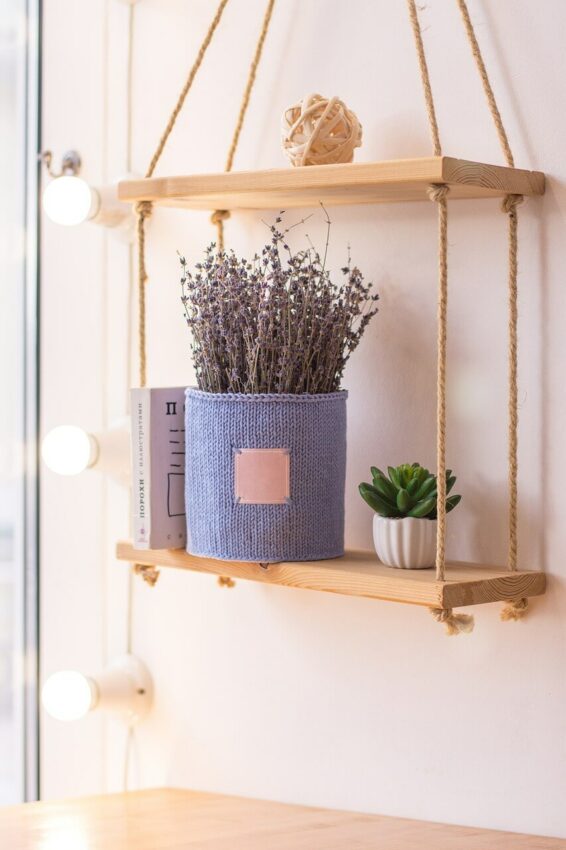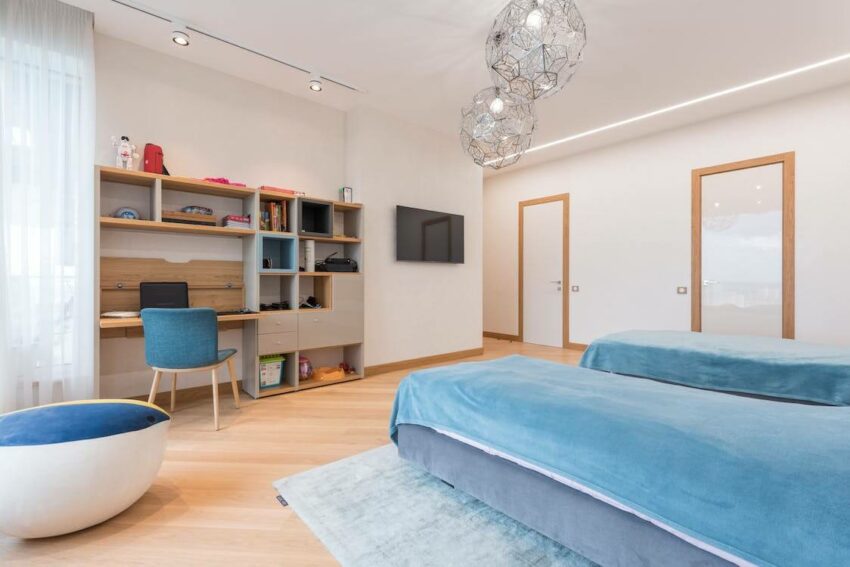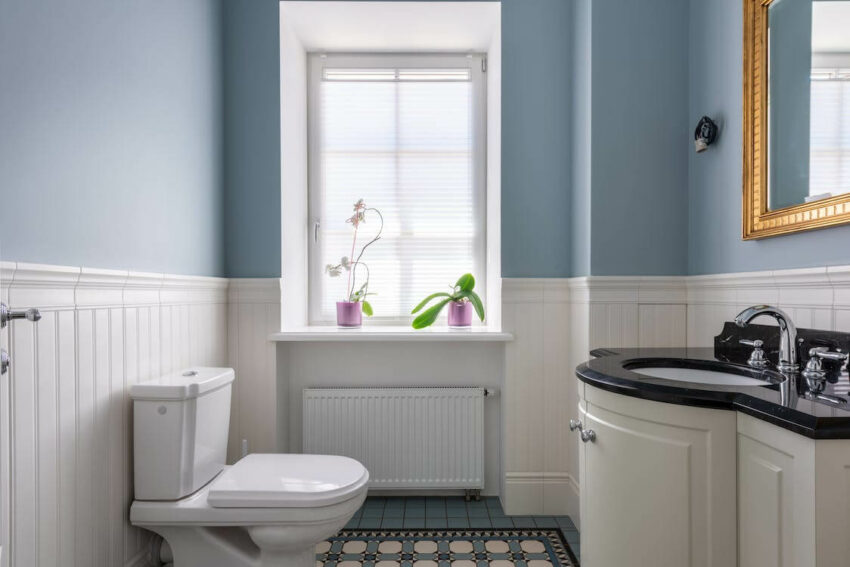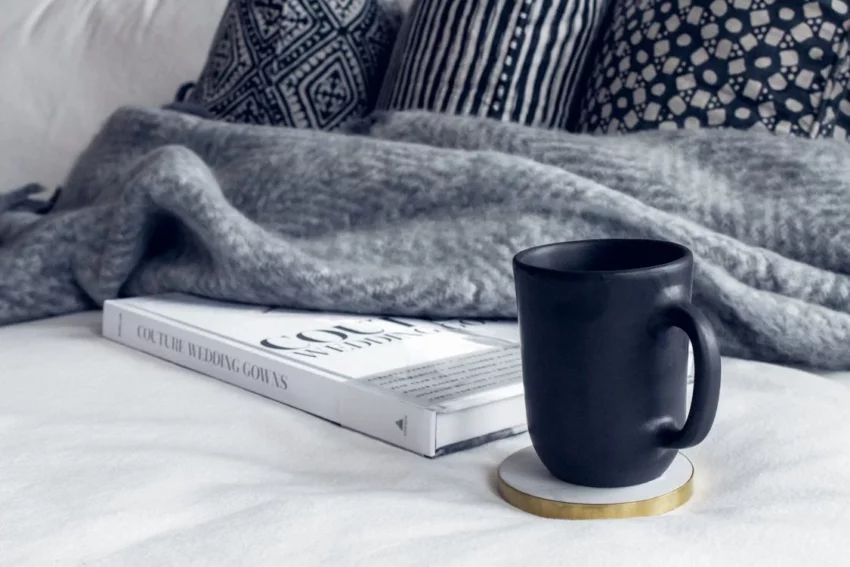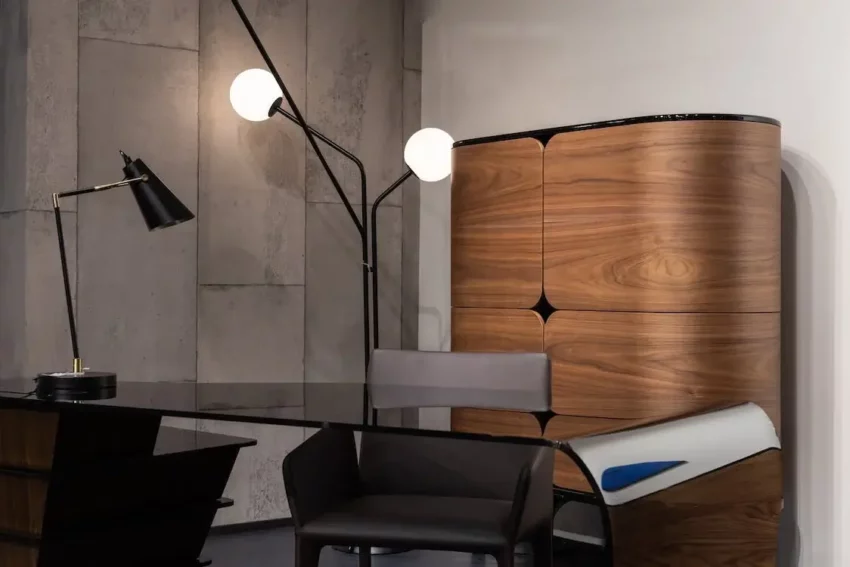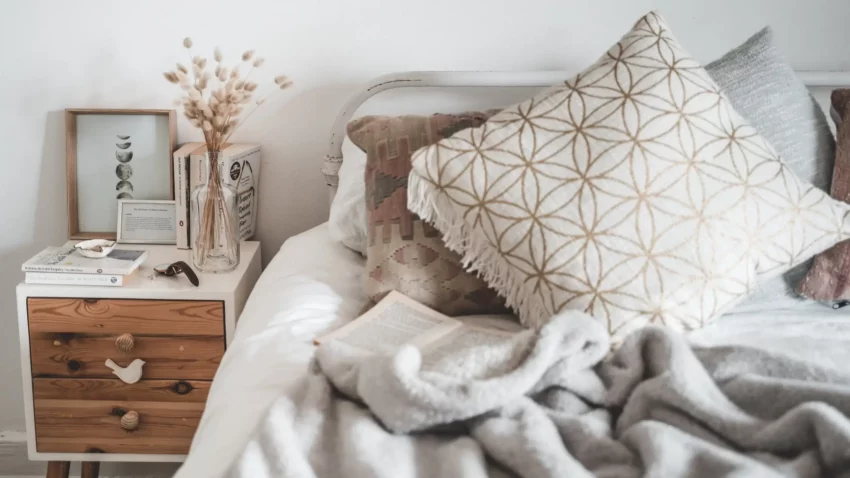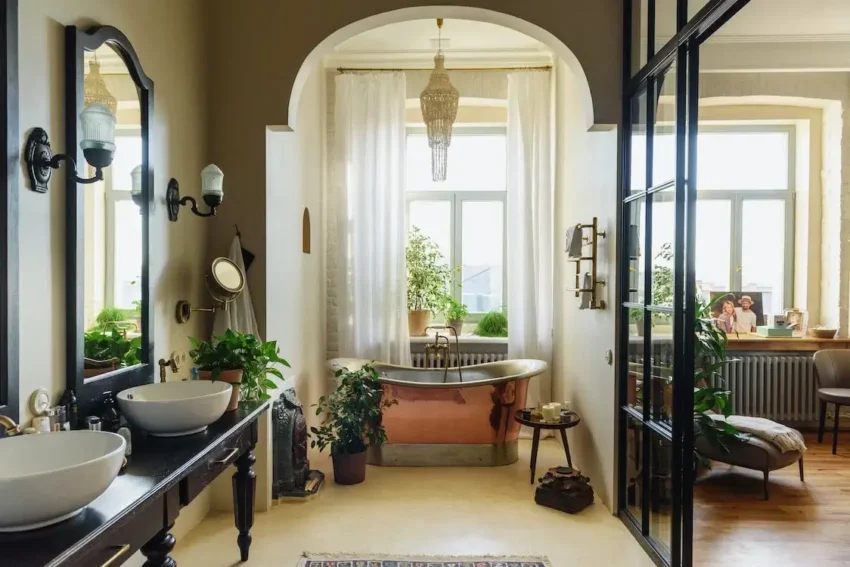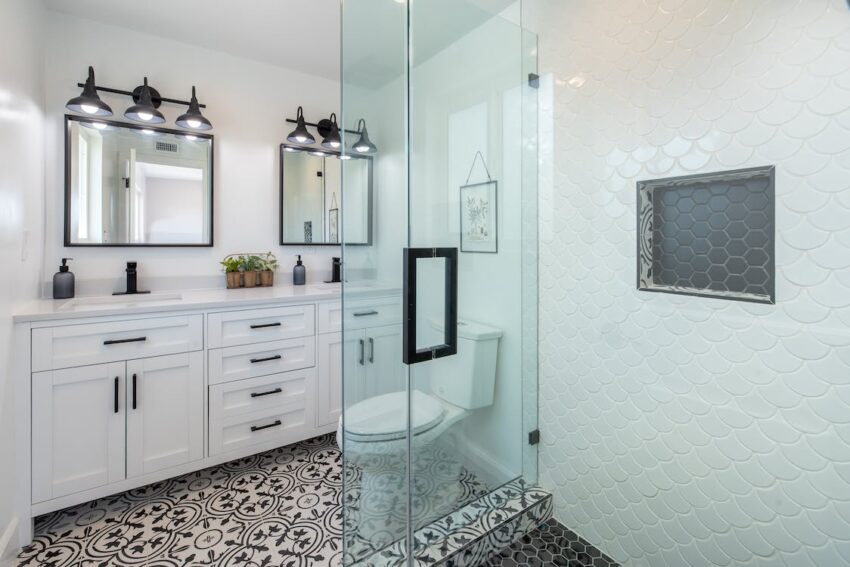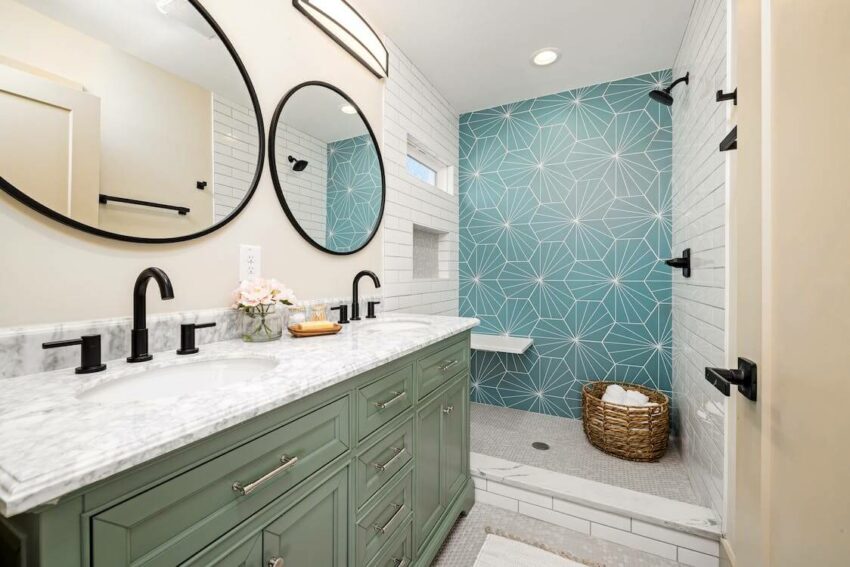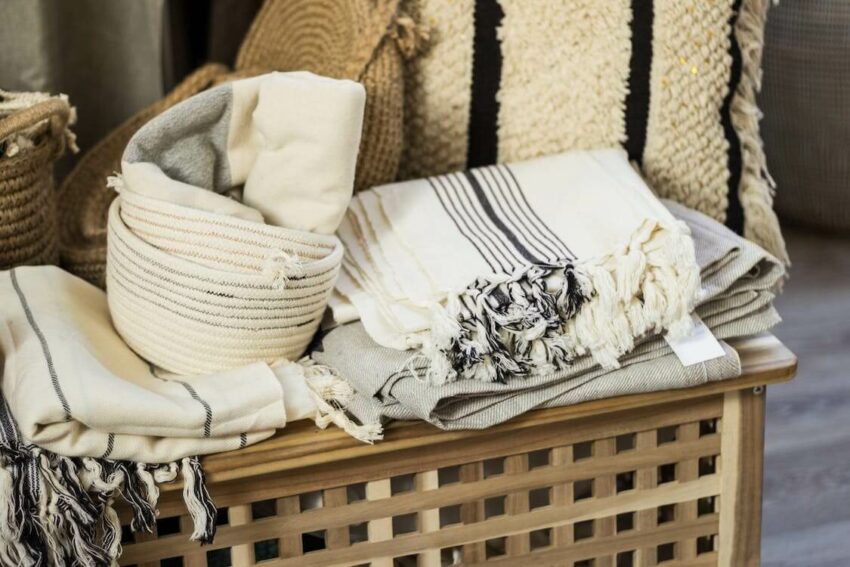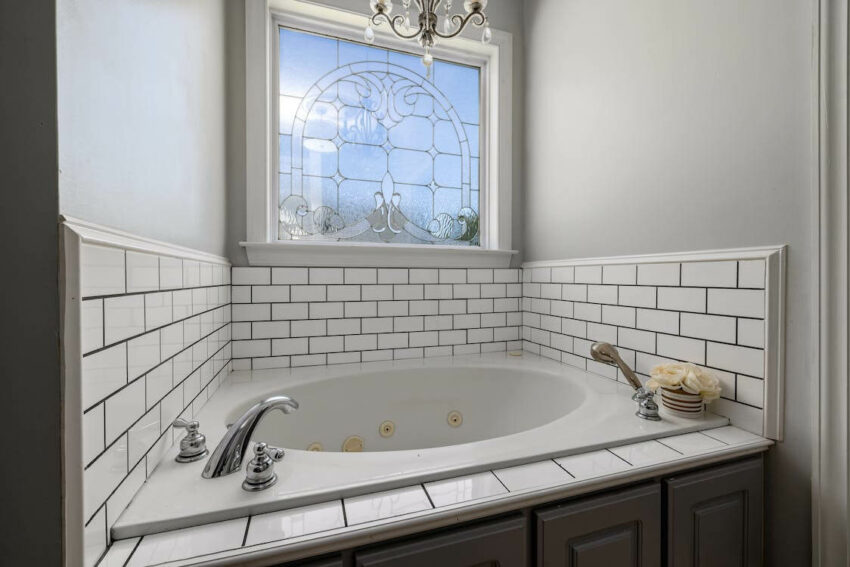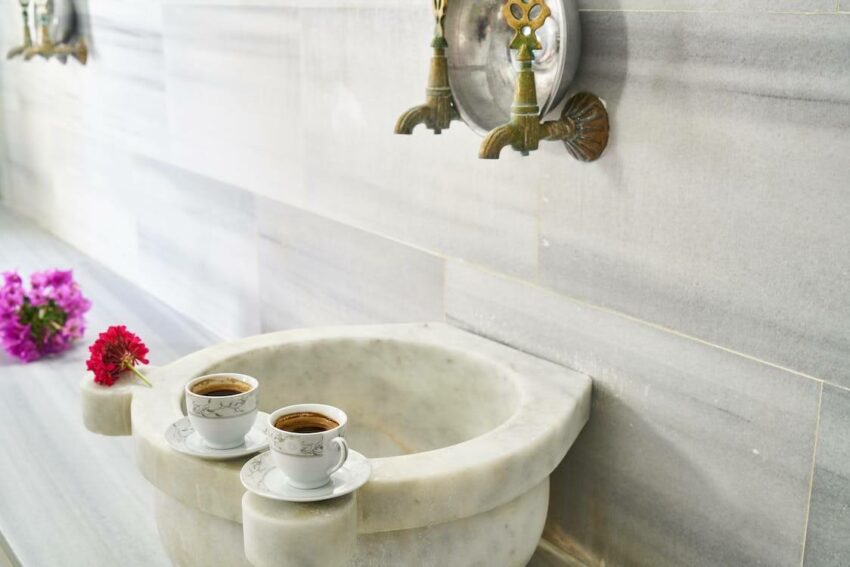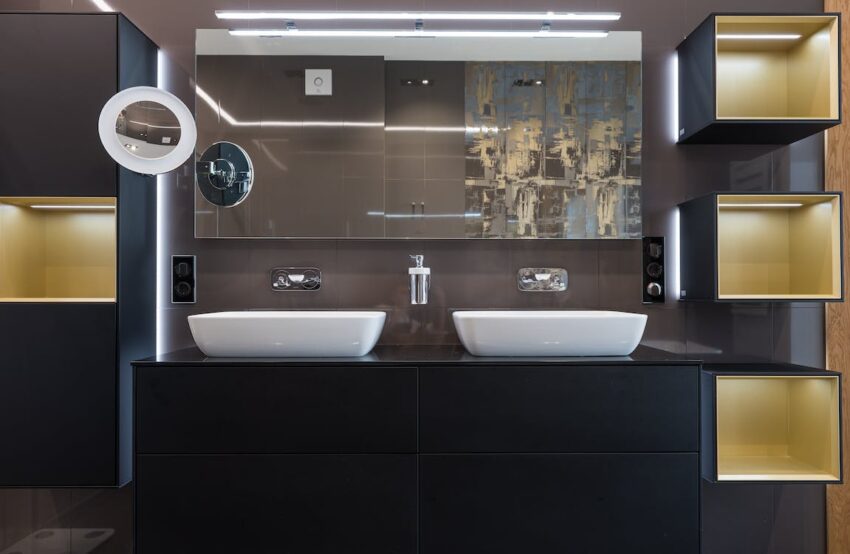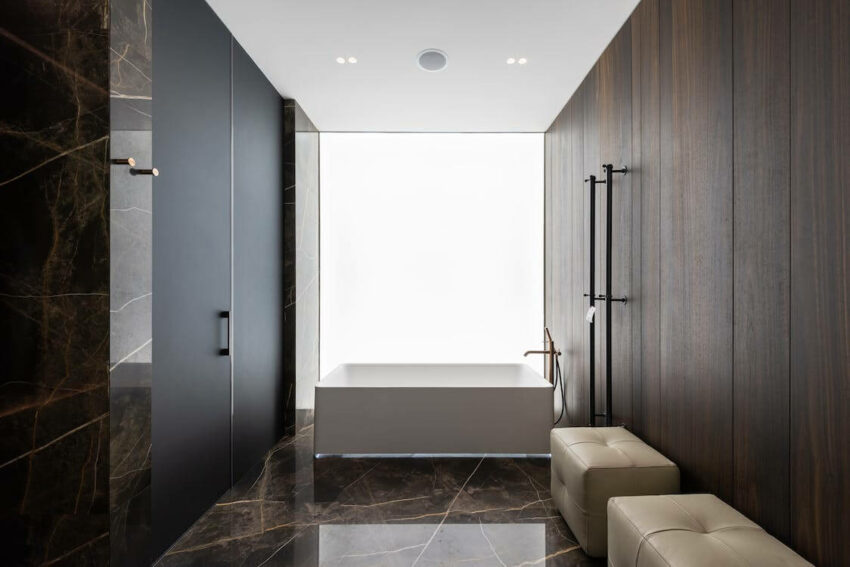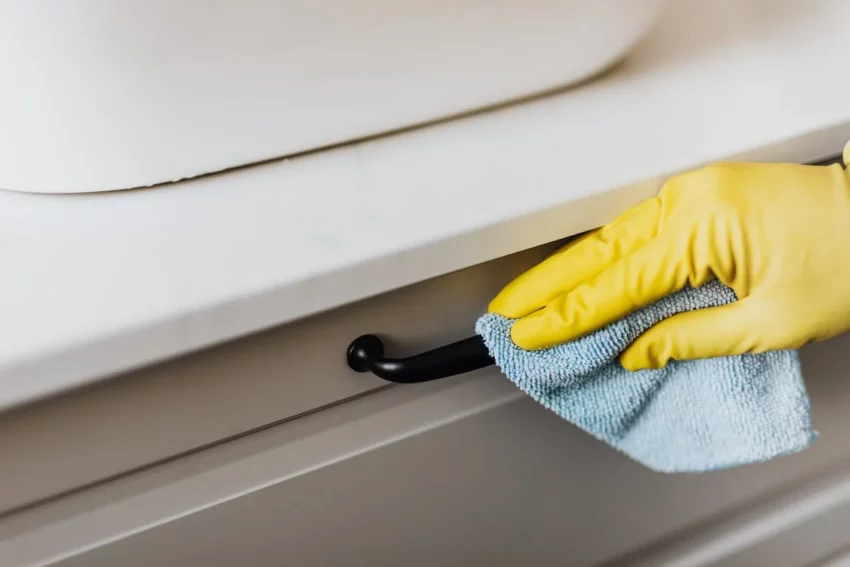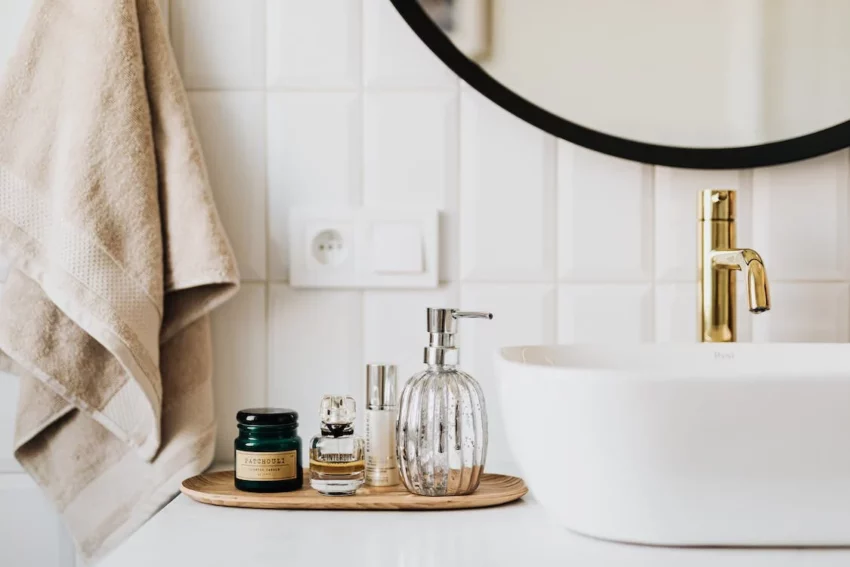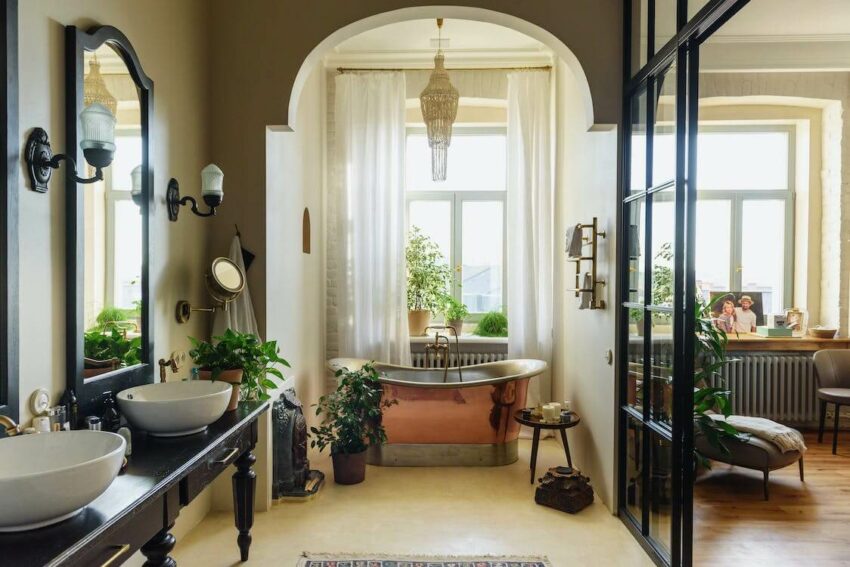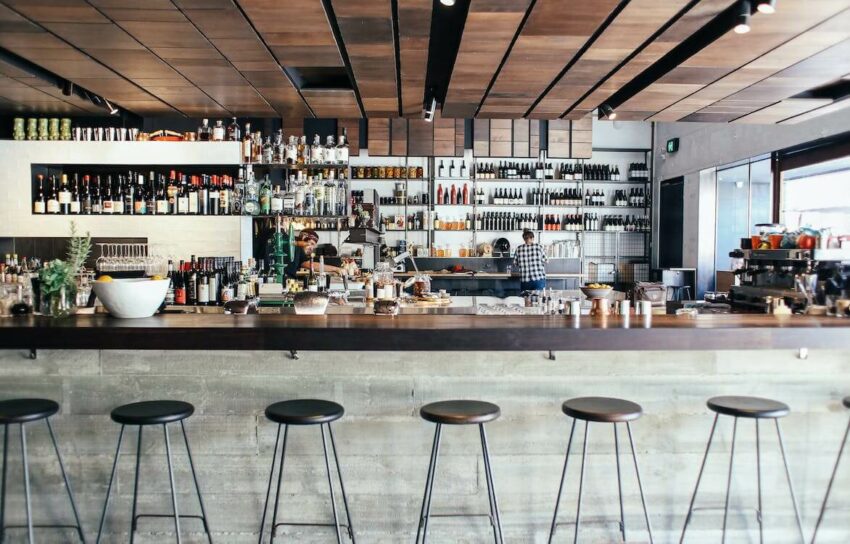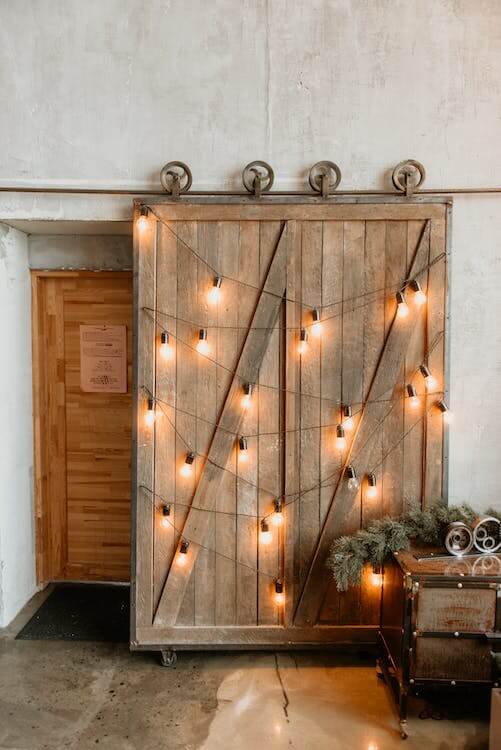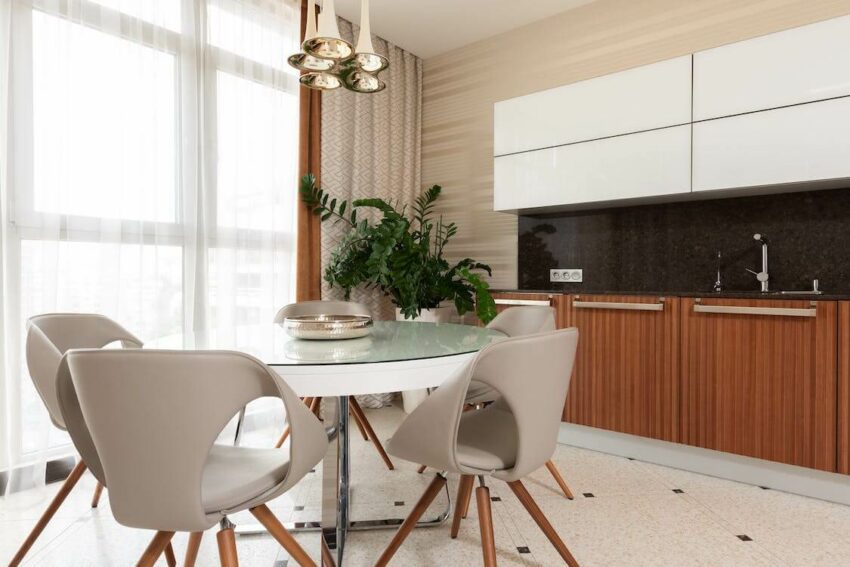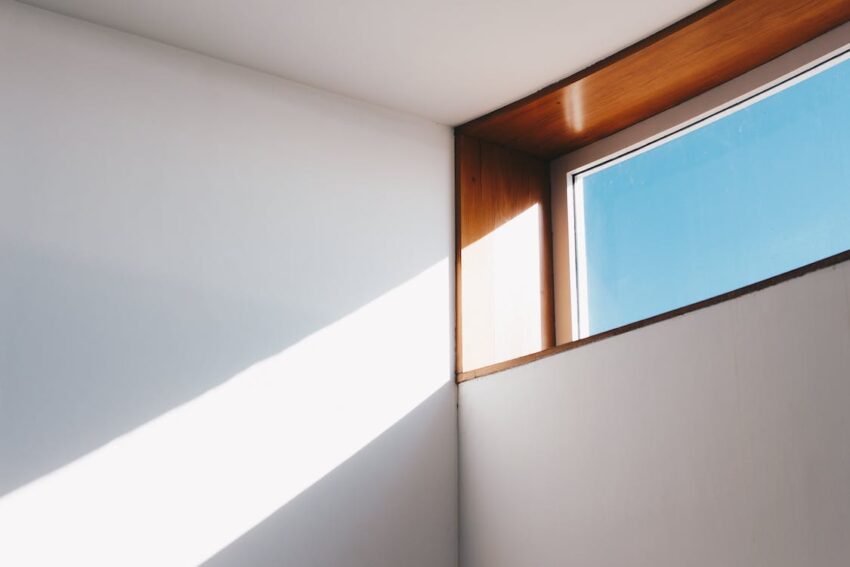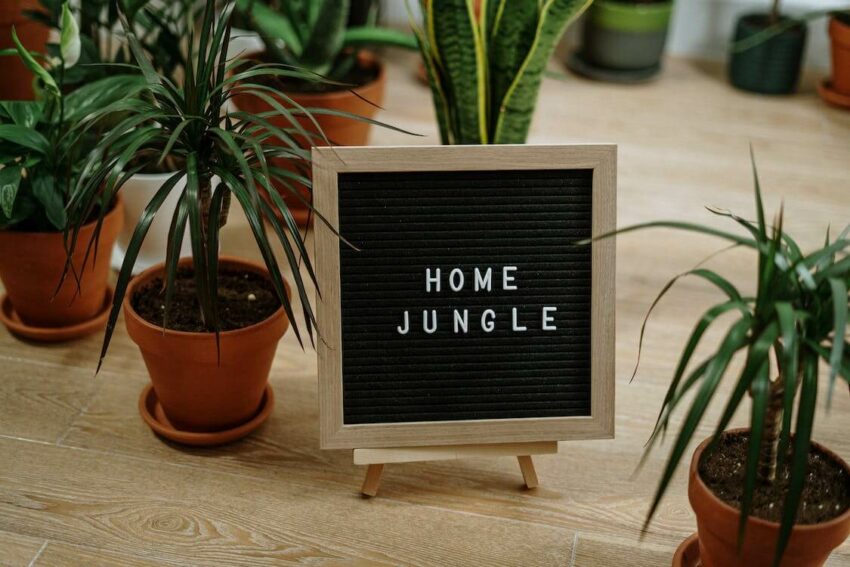“Often overshadowed by other design elements, bathroom ceiling paint plays a vital role in both aesthetics and functionality, ensuring a polished and durable finish that harmonizes with the overall design of the space.”
When it comes to designing and decorating a bathroom, the walls, fixtures, and flooring often steal the spotlight. However, one essential element that should not be overlooked is the bathroom ceiling. The right ceiling paint can contribute significantly to the overall aesthetics and functionality of the space. In this comprehensive guide, we delve into the world of bathroom ceiling paint – exploring its importance, considerations for choosing the right paint, color options, and tips for achieving a flawless finish. Whether you’re renovating your bathroom or looking to refresh its look, read on to discover everything you need to know about bathroom ceiling paint.
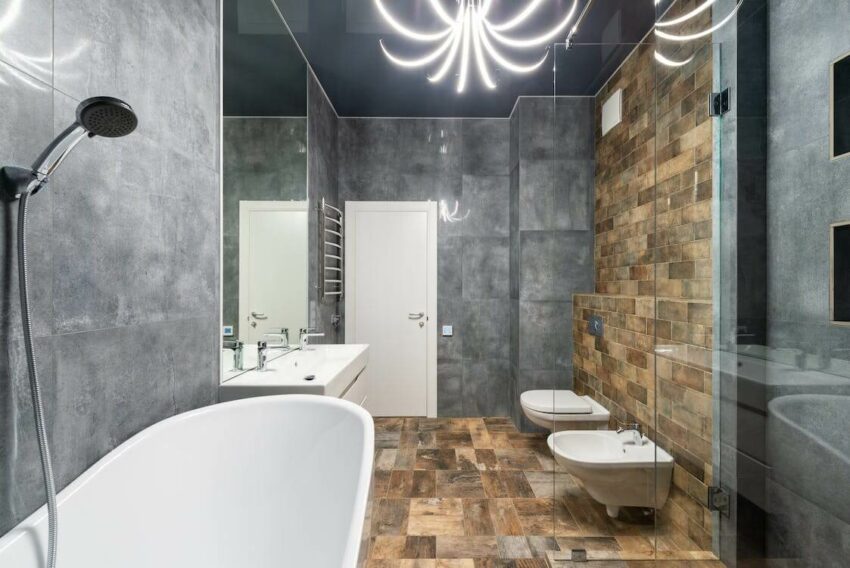
The Importance of Bathroom Ceiling Paint
The bathroom ceiling is often subjected to unique conditions, including moisture, steam, and fluctuations in temperature. Choosing the right paint for this area is crucial to ensure longevity, prevent mold and mildew growth, and maintain the visual appeal of your bathroom. A well-painted ceiling can complement the rest of your bathroom’s design elements and create a cohesive and harmonious look.
Choosing the Right Paint
Selecting the appropriate type of paint for your bathroom ceiling is the first step in ensuring a successful and durable finish. Look for paint labeled as “bathroom paint” or “kitchen and bath paint,” as these formulations are specifically designed to withstand moisture and resist mildew. These paints typically contain antimicrobial agents that help inhibit the growth of mold and mildew on the painted surface.
Considerations for Bathroom Ceiling Paint
- Moisture Resistance: Given the high humidity levels in bathrooms, prioritize paints that are moisture-resistant and can withstand the occasional splashes and steam.
- Sheen: Choose a paint sheen that suits your design preferences and practical needs. Higher sheen paints, such as semi-gloss or satin, are easier to clean and offer better moisture resistance, making them a popular choice for bathroom ceilings.
- Color Choice: While lighter colors can help create a sense of space and brightness, don’t shy away from experimenting with different shades that match your bathroom’s theme. Darker colors can add drama and sophistication, especially if balanced with appropriate lighting.
Color Options for Bathroom Ceiling Paint
- Classic White: A timeless choice, white ceilings can make a small bathroom feel more spacious and airy. It reflects light effectively and pairs well with various color schemes.
- Soft Neutrals: Beige, light gray, or pale pastels can add a touch of warmth while maintaining a sense of openness.
- Bold Contrasts: If your bathroom has a neutral color scheme, consider adding a pop of color to the ceiling to create visual interest. Just ensure the chosen color complements the rest of the space.

Tips for Achieving a Flawless Finish
- Preparation: Ensure the ceiling is clean, dry, and free from any dust or debris before painting.
- Priming: Apply a quality primer before painting to improve adhesion and create a smooth surface.
- Edges and Corners: Use painter’s tape to create clean edges and protect walls from accidental paint splatters.
- Multiple Coats: Depending on the color and type of paint, you may need to apply multiple coats for an even and consistent finish.
- Ventilation: Ensure proper ventilation during and after painting to help the paint dry effectively and prevent the buildup of fumes.
Trends in Bathroom Ceiling Paint
In the dynamic realm of interior design, every detail matters – even the often-overlooked bathroom ceiling. With a renewed focus on creating cohesive and luxurious spaces, the trends in bathroom ceiling paint have evolved, reflecting a harmonious blend of style and practicality. No longer confined to the background, the ceiling has become a canvas for creative expression, offering a unique opportunity to infuse personality and elegance into the heart of the bathroom.

Bold Statements with Color:
Gone are the days of plain white ceilings. Current trends are embracing the power of color to make a statement. Vibrant hues like deep blues, moody grays, or even rich jewel tones are being employed to add drama and personality to the bathroom. This bold approach not only adds visual interest but also serves as a striking contrast against neutral walls and fixtures.
Texture and Dimension:
Texture-rich ceiling treatments have gained traction as a means to add depth and dimension to the bathroom. From beadboard and wood paneling to textured wallpapers, these choices offer a tactile element that enriches the overall sensory experience. The interplay of light and shadow on textured surfaces adds a layer of sophistication to the space.
Metallic Finishes:
The allure of metallic finishes has extended to bathroom ceilings, bringing a touch of opulence and modernity. Incorporating metallic paints or finishes with a subtle shimmer infuses a sense of luxury while reflecting light, thereby contributing to an air of spaciousness. These finishes work especially well in bathrooms with contemporary or industrial design themes.

Nature-Inspired Designs:
A trend gaining momentum is the integration of nature-inspired designs onto bathroom ceilings. This can range from intricate floral patterns to serene cloudscapes. By bringing a touch of the outdoors inside, these designs evoke a sense of tranquility and connection to nature, transforming the bathroom into a serene sanctuary.
Creative Use of Patterns:
Geometric patterns and intricate designs are making their mark on bathroom ceilings. This trend adds a touch of sophistication and a sense of artistry to the space. Whether through stencils, decals, or hand-painted motifs, patterns create a visually captivating overhead vista that complements the overall design aesthetic.
Reflective Surfaces:
Mirrored or reflective surfaces on the ceiling serve to amplify natural and artificial light, creating an illusion of increased space. This trend is particularly effective in smaller bathrooms, where it contributes to an open and airy feel while adding a touch of glamour.
Incorporating these trends into bathroom ceiling paint not only enhances the visual appeal of the space but also serves practical purposes. Properly chosen and executed, these trends can redefine the bathroom ceiling, turning it into a dynamic element that harmonizes with the rest of the design, transforming the bathroom into a sophisticated haven of style and comfort.
Interior Design and Bathroom Ceiling Paint: Elevating Aesthetics and Functionality
In the intricate dance of interior design, each element plays a vital role in shaping the overall ambiance and functionality of a space. While attention often gravitates towards walls, furnishings, and flooring, the ceiling remains an essential canvas that can either complete the design narrative or go unnoticed. Enter the world of bathroom ceiling paint, where style meets practicality to elevate both aesthetics and functionality to new heights. The choice of paint color, finish, and treatment for the bathroom ceiling not only enhances the visual appeal but also ensures that the space remains both durable and conducive to the bathroom’s unique conditions.
Creating a Seamless Design Aesthetic:
A well-designed bathroom pays heed to every detail, and the ceiling is no exception. The right ceiling paint can tie together the overall color palette and theme of the space, creating a harmonious and cohesive design. Whether you opt for a classic white, a soft neutral, or a bold contrast, the ceiling becomes an integral part of the design narrative, contributing to the overall visual balance and fluidity of the room.

Enhancing Visual Space and Lighting:
The choice of bathroom ceiling paint can significantly impact the perception of space. Lighter colors can create an illusion of openness, making the bathroom feel larger and more inviting. Moreover, the ceiling plays a crucial role in reflecting and diffusing light, especially in a room where effective lighting is essential. Choosing the right paint finish – such as satin or semi-gloss – can enhance the reflectivity of light, contributing to a brighter and more vibrant atmosphere.
Durability in a Unique Environment:
Bathrooms are subjected to unique conditions, including humidity, moisture, and temperature fluctuations. Bathroom ceiling paint formulations are specifically designed to withstand these challenges. Mold and mildew-resistant properties are often integrated into these paints, ensuring that the ceiling remains free from unsightly and potentially harmful growths. This level of durability not only ensures the longevity of the ceiling paint but also contributes to the overall health of the space.
Creative Expression and Innovation:
The bathroom ceiling has evolved from a mere surface to an opportunity for creative expression. From textured finishes to intricate patterns, innovative treatments are redefining the ceiling’s role in design. Whether you choose to add texture, introduce metallic accents, or explore artistic patterns, the ceiling becomes a unique focal point that adds depth, dimension, and a touch of personality to the space.
In the intricate world of interior design, every element holds the potential to shape the final aesthetic and functionality of a space. Bathroom ceiling paint is a testament to this principle, as it marries style and practicality to create an environment that’s not only visually pleasing but also durable and functional. The right choice of paint can transform a bathroom ceiling from an afterthought into an essential element that harmonizes with the design, enhances lighting, and contributes to the overall beauty and comfort of the space.

Coordinating Bathroom Ceiling Paint with Wallpaper and Tile: Crafting a Seamless Design Ensemble
In the intricate symphony of interior design, achieving a harmonious and visually captivating space involves orchestrating various elements to work together in perfect cohesion. When it comes to the bathroom, coordinating ceiling paint with wallpaper and tile choices is a delicate art that can elevate the ambiance and aesthetics of the entire room. The marriage of these three essential elements creates a canvas where color, texture, and pattern intertwine to craft an environment that’s both cohesive and stunning.
- Harmonizing Color Palette – Coordinating ceiling paint with wallpaper and tile begins with a carefully curated color palette. Whether you opt for a monochromatic theme, complementary shades, or a contrasting color scheme, the ceiling paint should align seamlessly with the dominant colors in the wallpaper and tiles. The goal is to create a visual unity where each element enhances the impact of the other, resulting in a space that’s balanced and visually pleasing.
- Embracing Texture Balance – Textures play a pivotal role in adding depth and dimension to a room. When choosing wallpaper, tiles, and ceiling paint, consider how different textures will interact. If you’re working with intricate, textured wallpaper, a smoother ceiling paint might offer a complementary contrast. On the other hand, if your tiles feature texture, a more subdued or matte ceiling paint can prevent overwhelming the space. The key is to strike a balance that allows each texture to shine while contributing to an overall sense of harmony.
- Patterns in Unison – If your wallpaper or tiles feature intricate patterns, coordinating the ceiling paint requires a delicate approach. Opt for a ceiling paint color that either complements a dominant color in the pattern or serves as a backdrop that lets the pattern take center stage. In the case of patterned wallpaper, consider a simpler ceiling paint color to prevent visual clutter. Conversely, if your tiles feature subtle patterns, the ceiling paint can afford to be more expressive, adding depth and interest to the space.
- Visual Flow and Transitions – Smooth transitions between ceiling paint, wallpaper, and tile are essential for creating a fluid and inviting design. Avoid abrupt shifts in color or style that could disrupt the visual flow. Instead, opt for a gradual progression that guides the eye smoothly from one element to the next. This can be achieved by selecting colors that share similar undertones or by using a color wheel as a guide for complementary shades.
- Testing and Sampling – Before committing to your choices, it’s advisable to obtain samples of the wallpaper, tiles, and potential ceiling paint colors. Viewing these elements in the actual bathroom lighting will help you assess how they interact and whether they create the desired visual impact. It’s a step that ensures you’re making informed decisions that result in a design ensemble you’ll love.
In the intricate dance of coordinating bathroom ceiling paint with wallpaper and tile, the goal is to create a space that feels harmonious and well-curated. By paying attention to color, texture, pattern, and transitions, you’ll be able to craft an environment that seamlessly integrates these essential design elements, resulting in a bathroom that’s not only visually captivating but also a true reflection of your unique style and taste.

Conclusion
Bathroom ceiling paint is more than just a finishing touch; it’s a vital aspect of your bathroom’s design and functionality. By choosing the right paint, considering color options, and following proper painting techniques, you can create a stylish, durable, and visually appealing ceiling that complements your bathroom’s overall aesthetics. So, the next time you embark on a bathroom renovation or refresh, don’t forget to give your ceiling the attention it deserves with the right choice of paint.
Looking for more great style and design tips for your bathroom?
- Bathroom Counter Decor Style Guide
- The Best Tips to Organize Your Bathroom Drawers
- Our Favorite Bathroom Flooring Ideas
- The Elegance of Bathroom Vanities
- Styles of Bathroom Backsplashes
- Trends in Bathroom Ceiling Paint
- Stylish Bathroom Chandeliers
- Our Guide to Bathroom Windows
- Interior Decorators Guide to Bathroom Towels
- Our Favorite Bathroom Tiles
- Designers Bathroom Mirror Tips
- Interior Design and Style Bathroom Ideas





